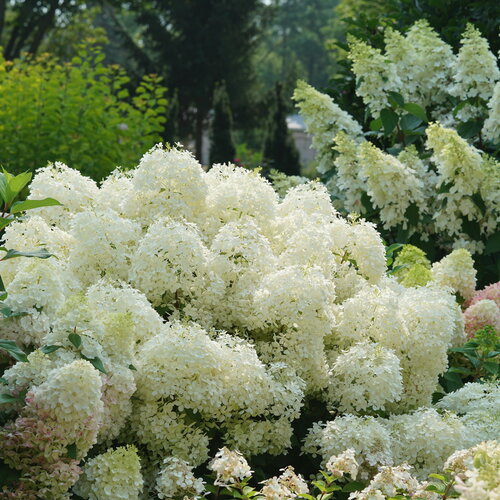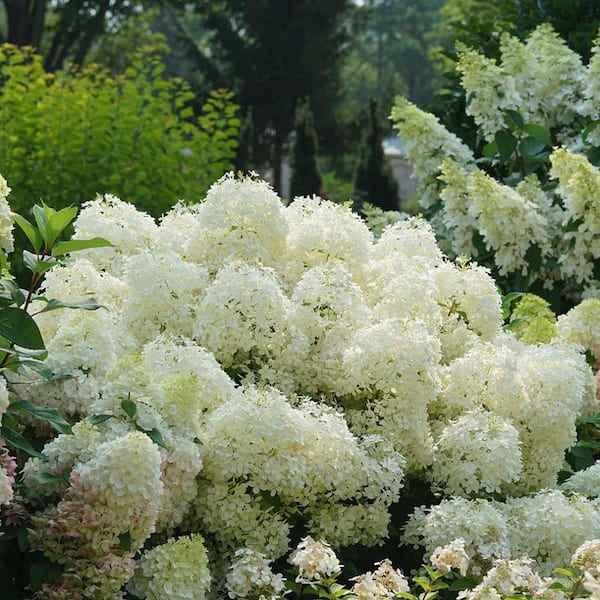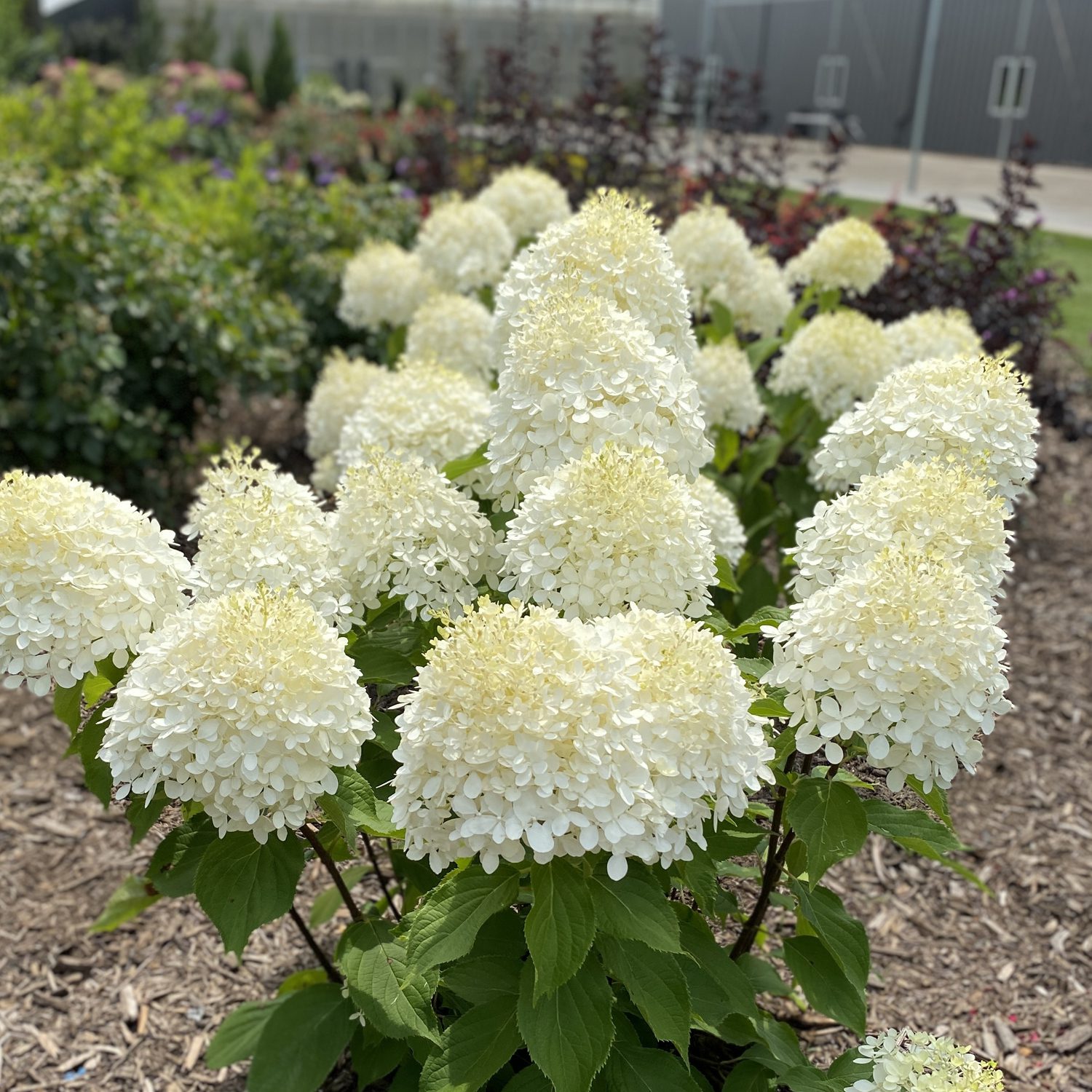The Pufferfish Hydrangea: A Beautiful And Deadly Plant
The Pufferfish Hydrangea: A Beautiful and Deadly Plant
The pufferfish hydrangea is a beautiful and deadly plant that is native to Japan. It is known for its large, colorful flowers that bloom in the summer. However, the plant is also poisonous, and its leaves, stems, and flowers can all be fatal if ingested.
The pufferfish hydrangea contains a toxin called calycanthine, which is a cardiac glycoside. Cardiac glycosides are a group of compounds that can interfere with the heart's electrical activity, leading to heart arrhythmias and death.
Symptoms of poisoning from the pufferfish hydrangea can include nausea, vomiting, diarrhea, abdominal pain, headache, dizziness, and confusion. In severe cases, poisoning can lead to heart failure, respiratory failure, and death.
There is no known antidote for poisoning from the pufferfish hydrangea. Treatment is supportive and may include measures to control heart arrhythmias and stabilize blood pressure.
Despite its deadly nature, the pufferfish hydrangea is a popular ornamental plant. It is often grown in gardens and parks, and its flowers are used in floral arrangements. However, it is important to be aware of the plant's toxicity and to take precautions to prevent poisoning.
Main Content
The pufferfish hydrangea is a member of the Hydrangeaceae family, which also includes common hydrangeas. It is a deciduous shrub that can grow up to 6 feet tall. The leaves are dark green and oval-shaped, and the flowers are large and showy. They can be white, pink, blue, or purple.
The pufferfish hydrangea is native to Japan, but it is now grown in other parts of the world, including the United States. It is a popular ornamental plant, but it is important to be aware of its toxicity.
The toxin in the pufferfish hydrangea is calycanthine. Calycanthine is a cardiac glycoside, which means that it affects the heart. It can cause heart arrhythmias and death.
Symptoms of poisoning from the pufferfish hydrangea can include nausea, vomiting, diarrhea, abdominal pain, headache, dizziness, and confusion. In severe cases, poisoning can lead to heart failure, respiratory failure, and death.
There is no known antidote for poisoning from the pufferfish hydrangea. Treatment is supportive and may include measures to control heart arrhythmias and stabilize blood pressure.
Conclusion
The pufferfish hydrangea is a beautiful and deadly plant. It is important to be aware of its toxicity and to take precautions to prevent poisoning. If you think that you or someone you know may have been poisoned by the pufferfish hydrangea, seek medical attention immediately.
Have you ever seen a hydrangea that looks like a pufferfish? If not, you're in for a treat! The Pufferfish Hydrangea (Hydrangea paniculata 'Puffer Fish') is a relatively new variety that is quickly gaining popularity. It features large, fluffy white blooms that resemble the pufferfish's signature balloon-like body. The flowers are borne on sturdy stems and can reach up to 12 inches in diameter. As the blooms age, they turn a light green color.
If you're looking for a unique and eye-catching hydrangea, the Pufferfish Hydrangea is a great choice. It's hardy in zones 3-8 and is easy to grow. It prefers full sun to partial shade and moist, well-drained soil. The plant blooms in mid-summer and can continue to bloom until fall.
To learn more about the Pufferfish Hydrangea, I recommend visiting . This website has a wealth of information about the plant, including its care requirements, planting tips, and troubleshooting advice.
FAQ of pufferfish hydrangea
Q: What is a pufferfish hydrangea?
A pufferfish hydrangea is a type of hydrangea that has flowers that resemble the pufferfish, a fish that is known for its poisonous spines. The flowers of the pufferfish hydrangea are typically white or pink, and they have a round, bulbous shape.
Q: Is the pufferfish hydrangea poisonous?
The pufferfish hydrangea is not poisonous to humans. However, the leaves and roots of the plant can be poisonous to animals, so it is important to keep them away from pets.
Q: How do I care for a pufferfish hydrangea?
Pufferfish hydrangeas are relatively easy to care for. They prefer full sun or partial shade, and they need well-drained soil. They should be watered regularly, but they should not be overwatered.
Q: Where can I buy a pufferfish hydrangea?
Pufferfish hydrangeas are available at some nurseries and online retailers.
Q: What are some interesting facts about the pufferfish hydrangea?
The pufferfish hydrangea is native to Japan. The flowers of the plant are edible, and they can be used in salads or as a garnish. The plant is also said to have medicinal properties, and it has been used to treat a variety of ailments, including headaches, fevers, and stomachaches.
Image of pufferfish hydrangea
5 different images of "pufferfish hydrangea" from Pinterest:
This is a photo of a pufferfish hydrangea plant in full bloom. The flowers are a beautiful shade of pink, and they have a distinctive pufferfish shape.
This is a close-up of a single pufferfish hydrangea blossom. The petals are a delicate pink color, and they are arranged in a spiral pattern.
This is a photo of a pufferfish hydrangea plant in a garden setting. The plant is surrounded by other flowers, and it is in full bloom.
This is a photo of a pufferfish hydrangea plant in a vase. The flowers are arranged in a beautiful display, and they are a stunning centerpiece.
This is a photo of a pufferfish hydrangea wallpaper. The wallpaper features a large pufferfish hydrangea blossom, and it is a beautiful and unique way to decorate your home.





Post a Comment for "The Pufferfish Hydrangea: A Beautiful And Deadly Plant"